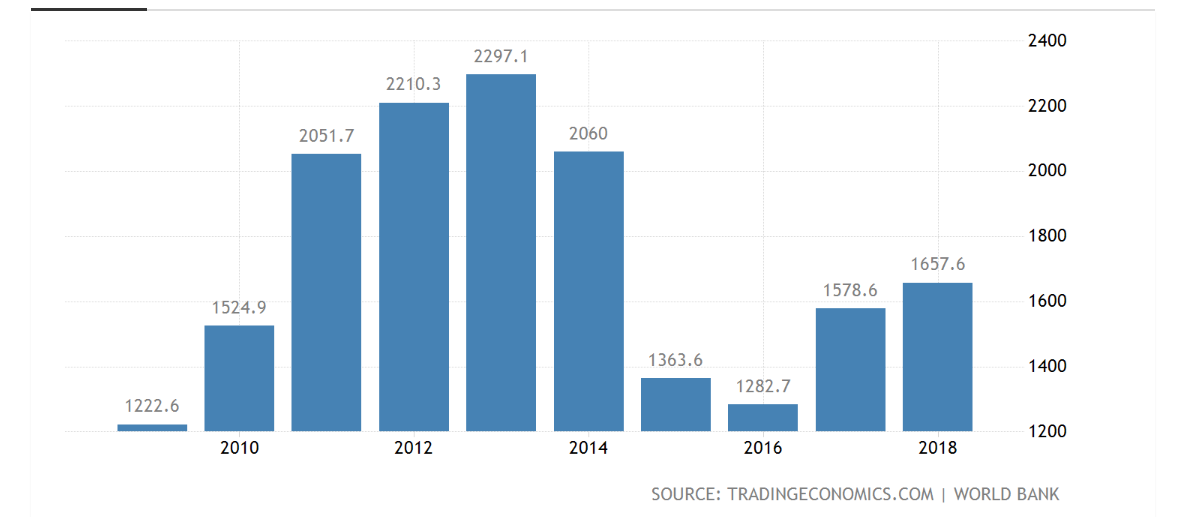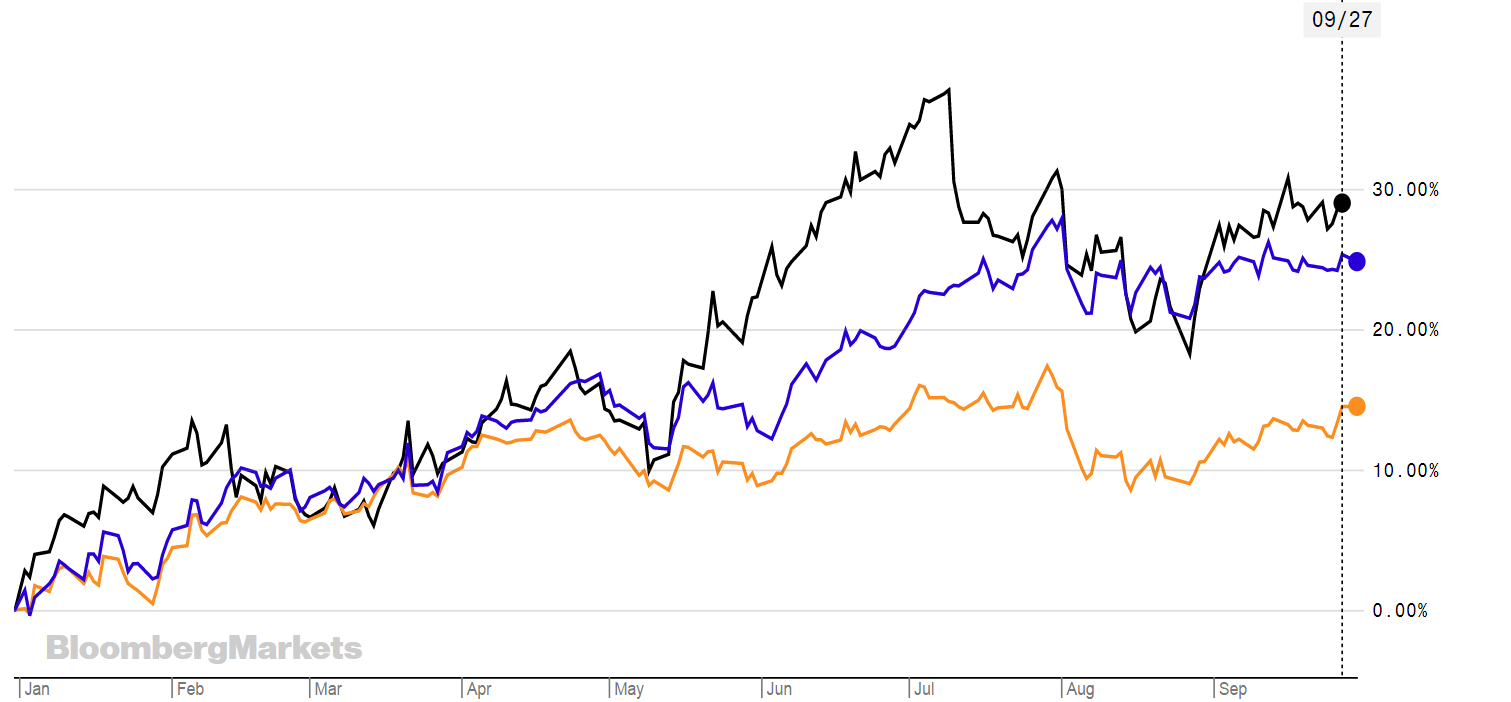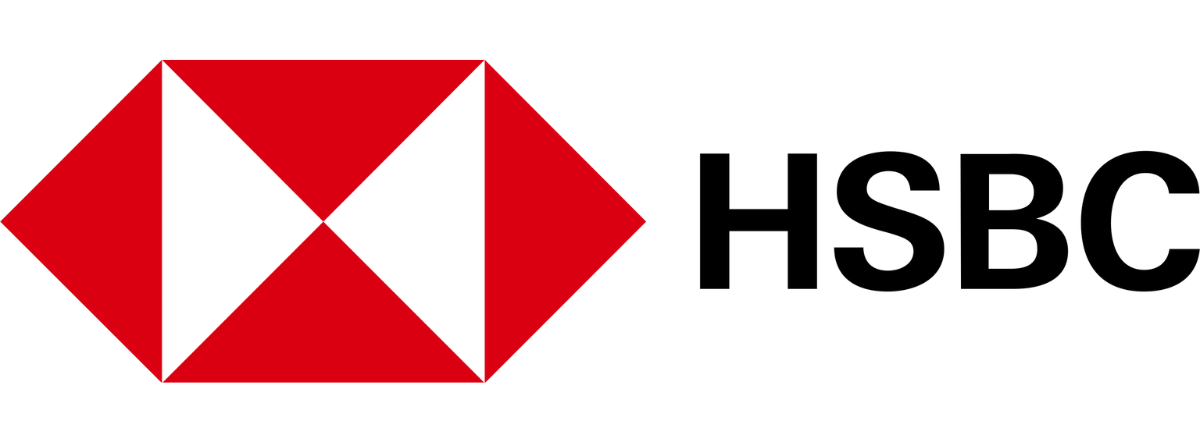Investing in Russia may not be an obvious choice, memories of the Soviet era, devaluation of the rouble and late nineties financial crash are all reminders of its chequered history but the emerging market has abundant natural resources and one of the largest populations globally that appears to be getting wealthier.
So, is now a good time to invest?
Quite possibly, despite foreign investment into Russia waning recently.
Firstly, returns from Russia ETFs has been good this year, in some cases in excess of 30%. There are also encouraging signs that measures are being put in place that may boost future returns.
The country has kept on par in terms of growth with other emerging markets such as Brazil, India and China. According to Investopedia, between 2005 and 2010 the Russian stock exchange delivered steady double-digit returns to investors, and the country’s performance is expected to continue showing signs of improvement.
There are also other reasons to be optimistic.
A report from BCS Global Markets recently found that strong tax collections from the non-oil segment of the economy has meant the Russian government’s finances are now in surplus.
The country’s GDP is also on the rise again after dramatic falls in 2015 and 2016. According to Trading Economics, GDP in Russia hit $1.7trn in 2018, which represents 2.67% of the world economy.

The forecast from Trading Economics is that GDP in Russia is expected to be $1,75trn by the end of this quarter. In the long-term, Russian GDP is projected to trend around $1.9trn in 2020, according to its econometric models.
This year has been mixed for Russia in terms of its HIS Markit Russia Manufacturing PMI, which dropped to 49.1 in August from 49.3 in July. (Any number below 50 is seen as negative.) It was the fourth month of falling factory activity as new orders fell the most since May 2015 and export orders dropped at their sharpest rate since September 2015.
However, Trading Economics models suggest that this figure will start rising at the end of this quarter and onwards. It’s expected to hit 49.50 by the end of September and reach 53.40 in a year’s time.
Other benefits of investing include being rich in natural resources, Russia is one of the world’s largest exporters of natural gas and oil. It also has a growing middle class.
There are risks though. There is a lack of safeguards in place to protect investors and the country also has a heavy-handed government that is hard to trust. Russia is still an emerging market and share prices could be hit if the oil price falls significantly.
Chanchal Samadder, head of equity ETFs at Lyxor AM, said: "We strongly believe the broad emerging markets can’t be considered a single homogenous asset class. Today the larger EM countries like China, India and Russia are significantly different from one another be it from an economic, demographic or market exposure perspective.
"In fact, this difference is even more pronounced than amongst developed market peers. Over the past three years, EM countries have exhibited lower correlation and greater dispersion of returns compared to those of developed market country indices, therefore making allocations to single EM countries such as Russia, which has been one of the best performing EM countries in recent years, can significantly improve investors’ portfolio outcomes."
If you want access then there are a handful of Russia focused ETFs on the London Stock Exchange. Some of which have done very well this year.
The oldest is Xtrackers’ MSCI Russia Capped Swap UCITS ETF, which has been operating since 2008. It has $177m in AUM and uses a swap to get exposure to Russian stocks. It is offered in sterling and the US dollar.
However, the largest ETF is the Lyxor MSCI Russia UCITS ETF which costs 0.65%. It’s returned over 30% this year in both its sterling and US dollar offerings.
The chart below shows Lyxor’s RUSU in black, its S&P ETF (SP5L) in purple and its FTSE 100 ETF (L100) in orange. All are in sterling to account for any currency discrepancy and track performance since the beginning of the year.

RUSU ($)
RUSL (£)
HRUD ($)
HRUB (£)
FXRU ($)
XMRD ($)
Expense Ratio0.65%
XMRC (£)
Expense Ratio0.65%
CSRU ($)
CRU1 (£)
ETFYTD RTNTERINDEXLyxor MSCI Russia UCITS ETF31.45%0.65%MSCI Russia IndexLyxor MSCI Russia UCITS ETF36.30%0.65%MSCI Russia IndexHSBC MSCI RUSSIA CAPPED UCITS ETF $29.20%0.60%MSCI Russia Capped Index. The Index is a market capitalisation weighted index designed to measure the performance of the largest publicly listed companies in Russia, traded on MICEX.HSBC MSCI RUSSIA CAPPED UCITS ETF $33.92%0.60%MSCI Russia Capped Index. The Index is a market capitalisation weighted index designed to measure the performance of the largest publicly listed companies in Russia, traded on MICEX.FinEx Tradable Russian Corporate Bonds UCITS ETF8.84%0.50%The fund provides exposure to Russian Corporate Eurobonds with good liquidity and denominated in hard currencies ie USD/EUR/GBP/CHF.The fund seeks to track the performance of a Bloomberg Barclays Index.Xtrackers MSCI Russia Capped Swap UCITS ETF30.31%Current Mgmt Fee0.45%MSCI Russia Issuers Capped 25% IndexXtrackers MSCI Russia Capped Swap UCITS ETF32.78%Current Mgmt Fee0.45%MSCI Russia Issuers Capped 25% IndexiShares MSCI Russia ADR/GDR UCITS ETF29.96%0.65%MSCI Russia ADR/GDR NRiShares MSCI Russia ADR/GDR UCITS ETF36.23%0.65%MSCI Russia ADR/GDR NR





